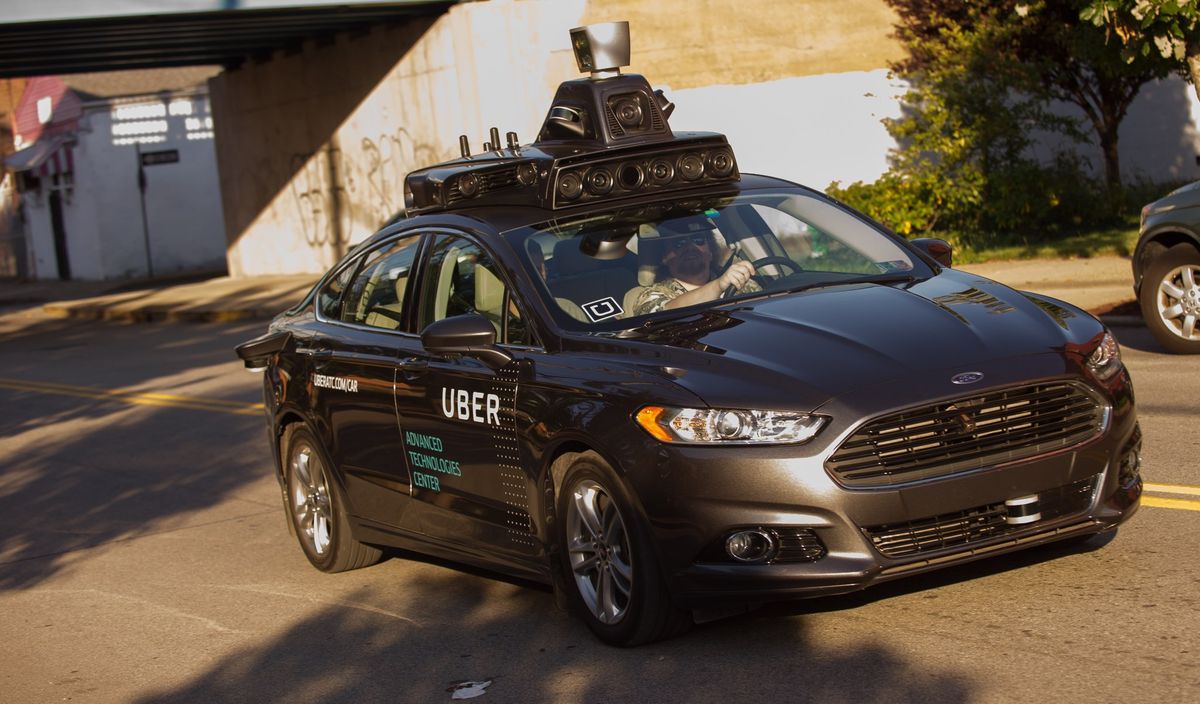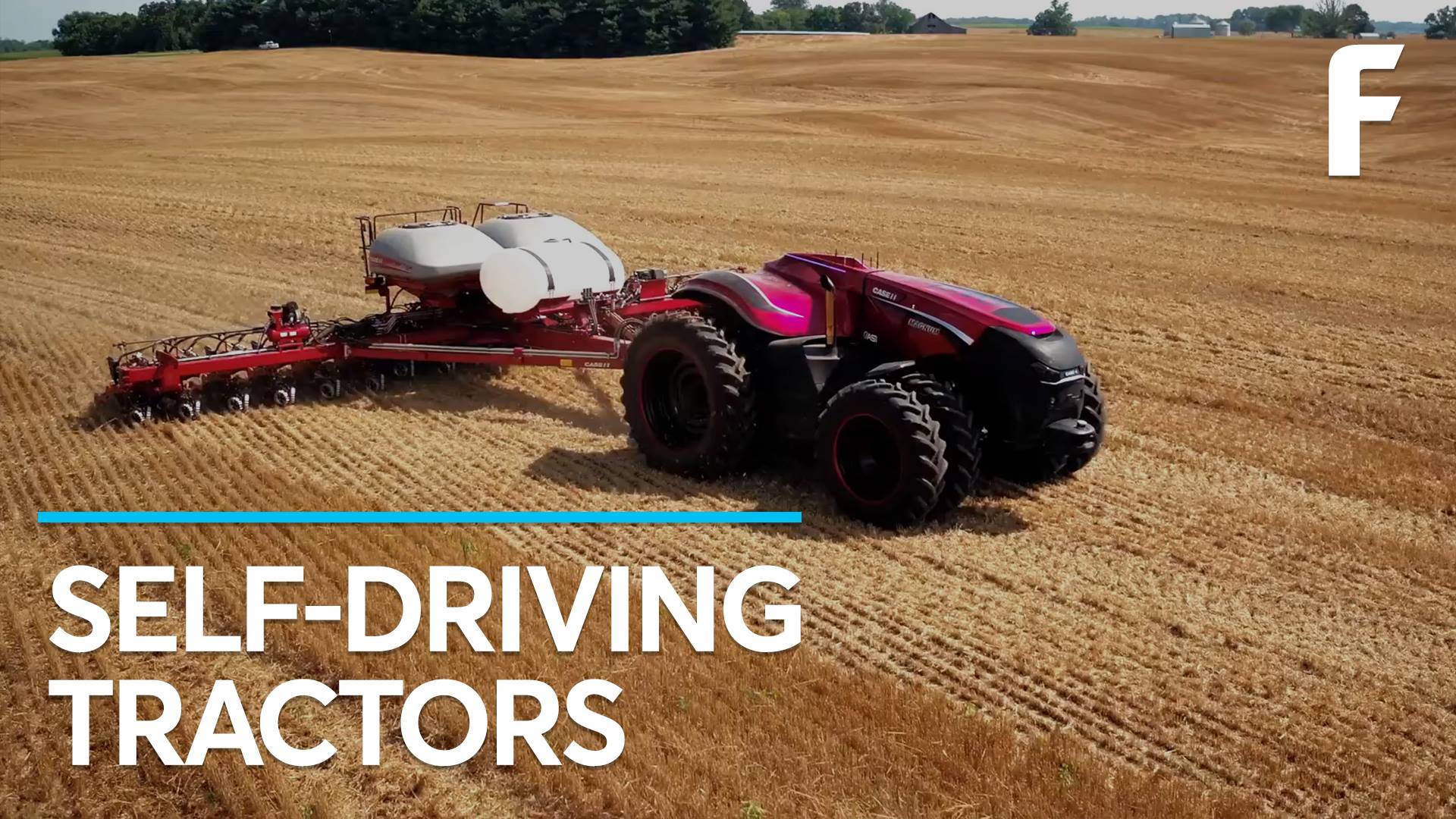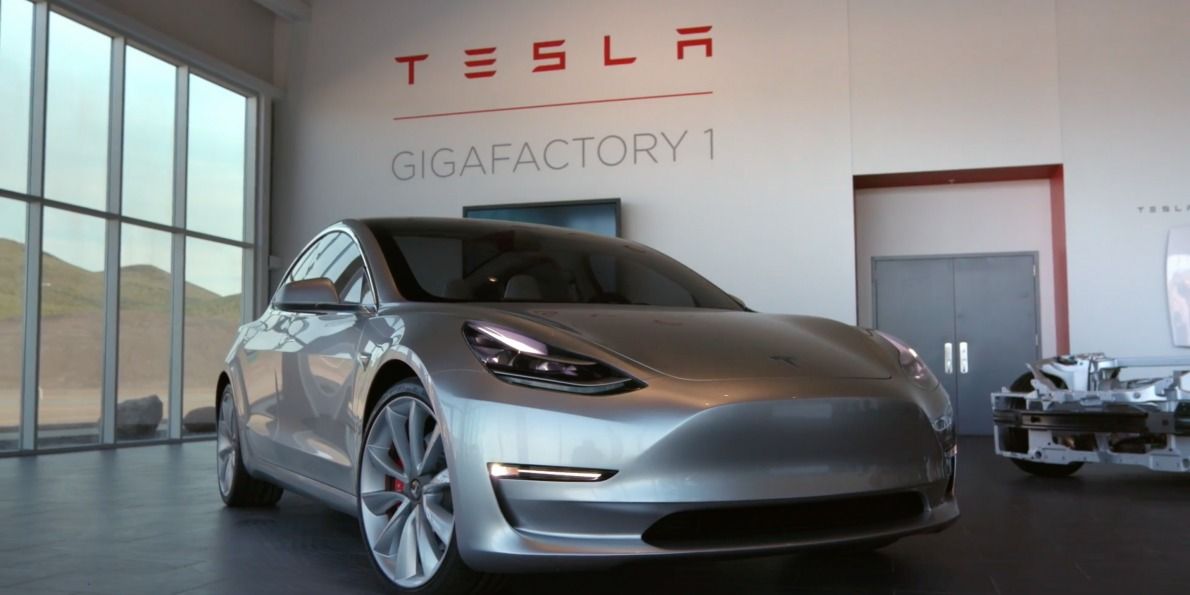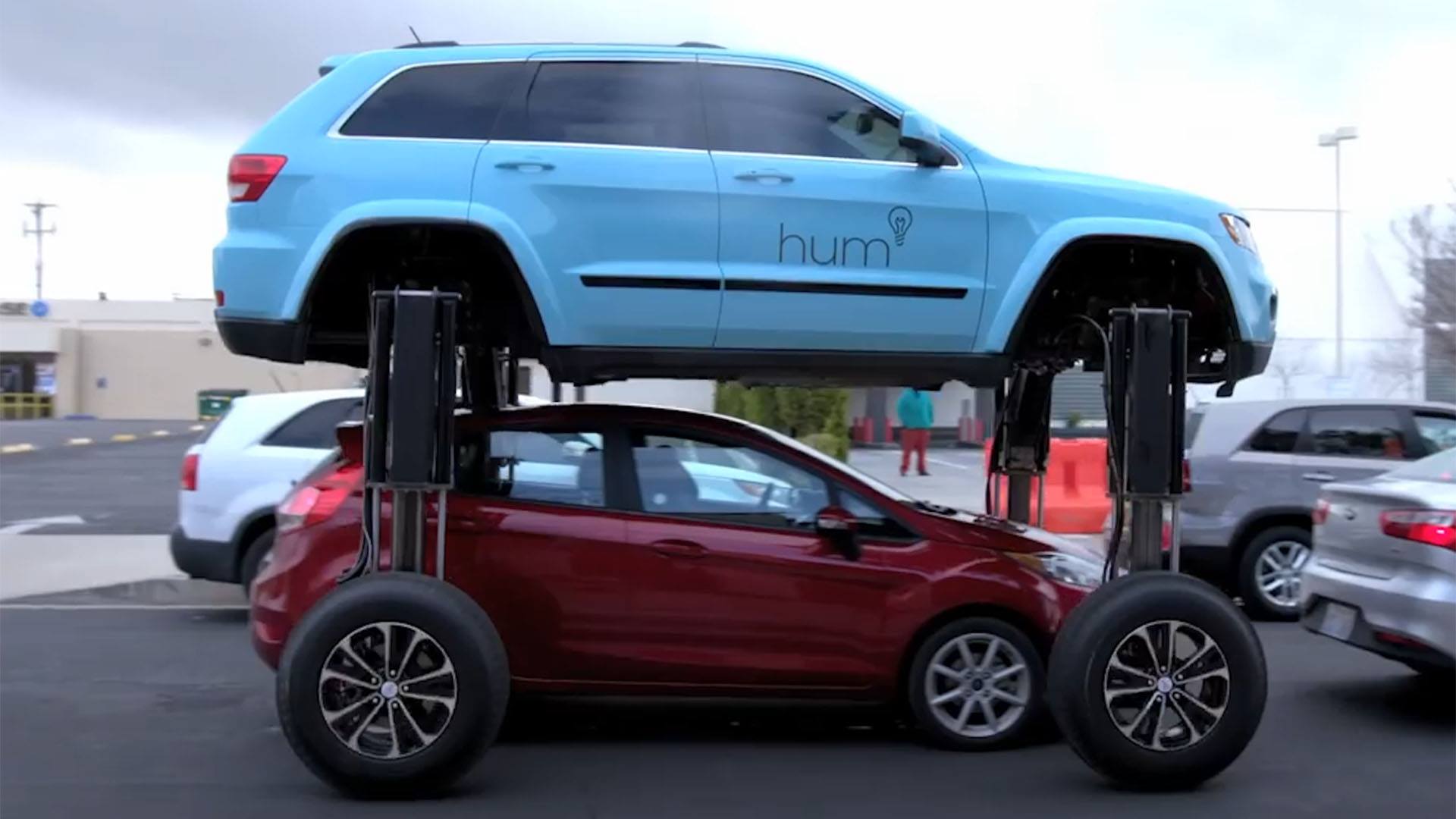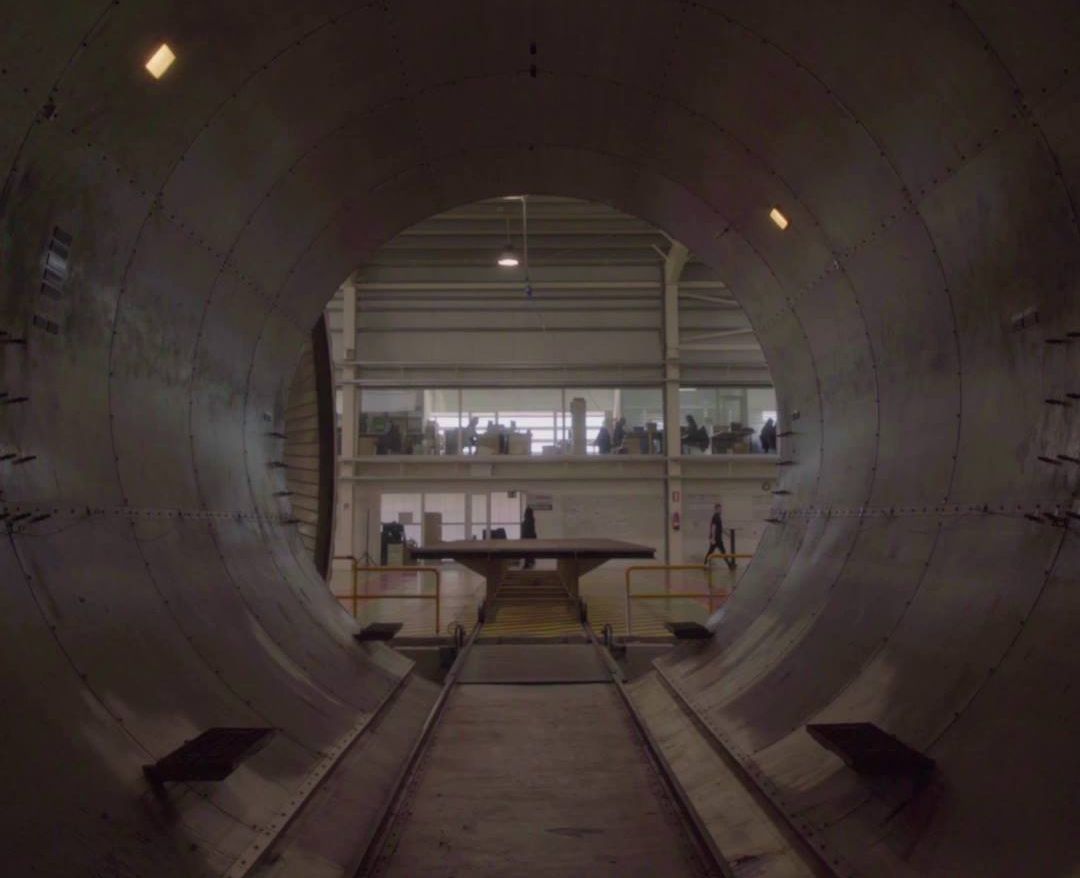
For many, learning how to drive is a rite of passage that teenagers pine for. Getting behind the wheel for the first time, passing drivers ed, getting your license, and buying your first car symbolize your first steps towards independence.
But one expert believes it’s a milestone that teens of the future won’t experience.
“My own prediction is that kids born today will never get to drive a car,” says Henrik Christensen, who heads UC San Diego’s Contextual Robotics Institute. “Autonomous, driverless cars are 10, 15 years out. All the automotive companies–Daimler, GM, Ford–are saying that within five years they will have autonomous, driverless cars on the road.”
Continue reading “Expert Asserts ‘Kids Born Today Will Never Get to Drive a Car’” »

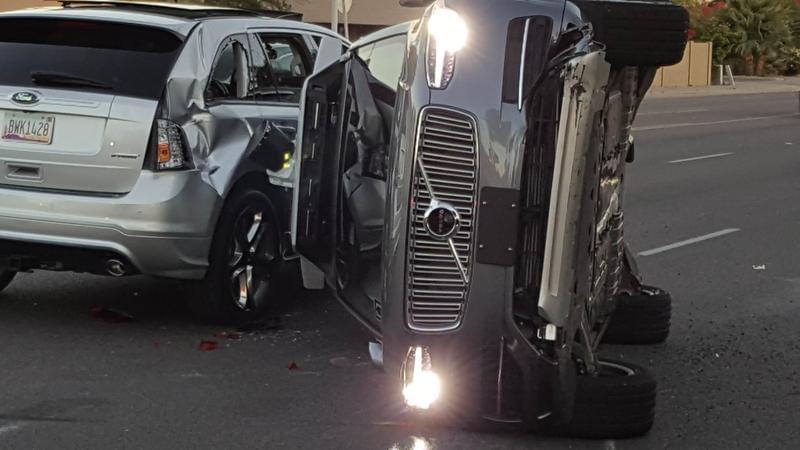



 Illustration of 3D-printed sensory composite (credit: Subramanian Sundaram)
Illustration of 3D-printed sensory composite (credit: Subramanian Sundaram)
